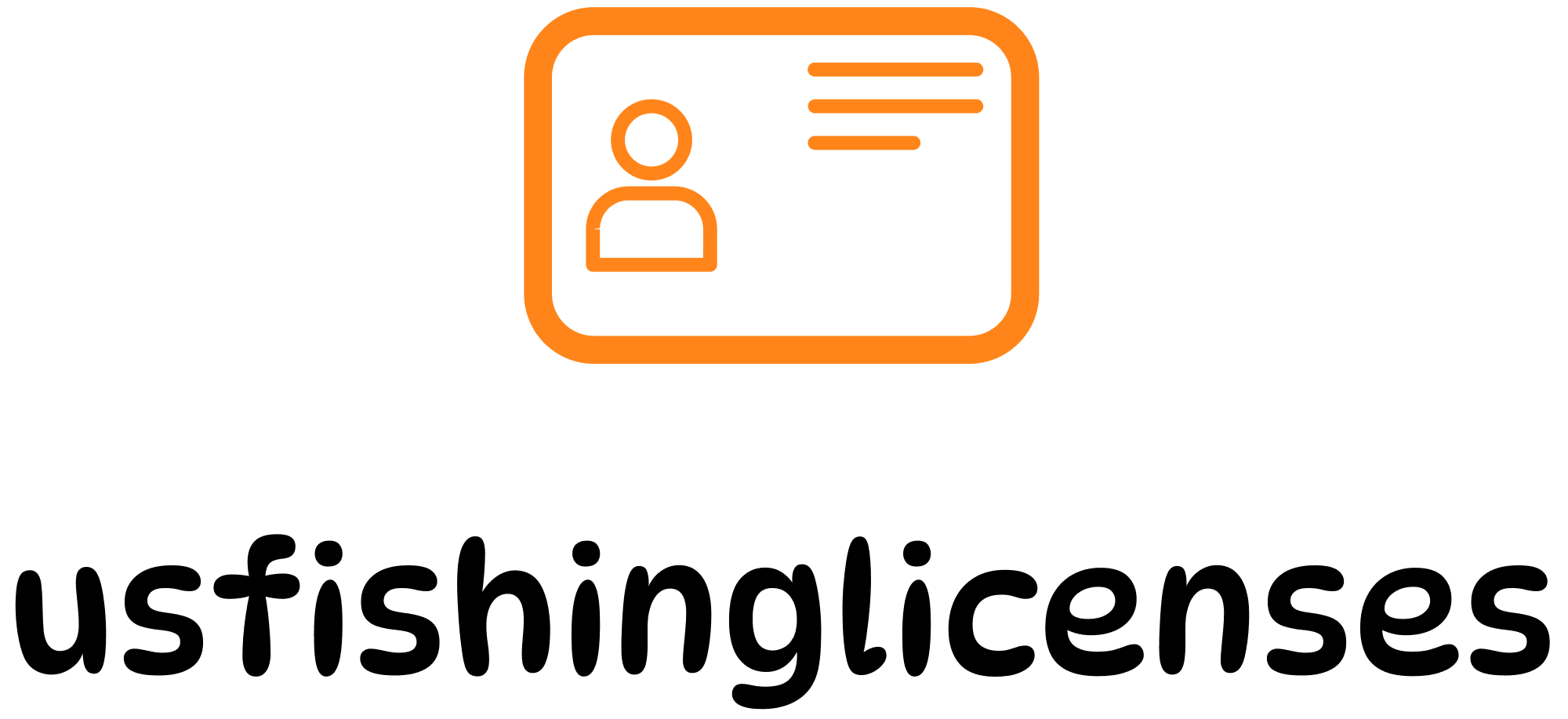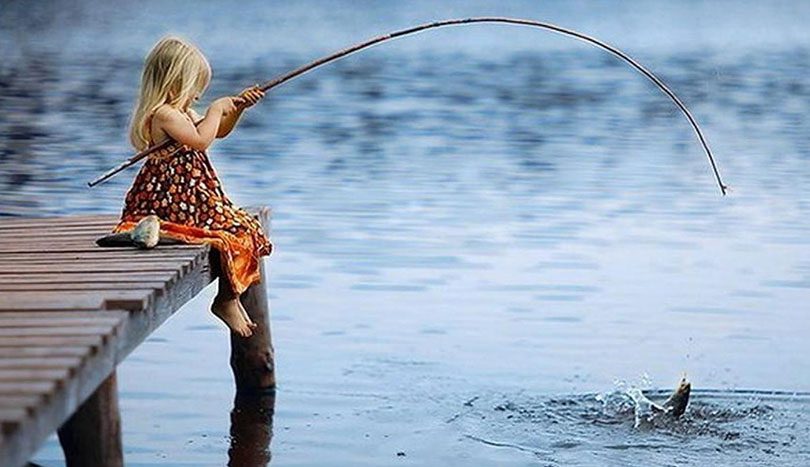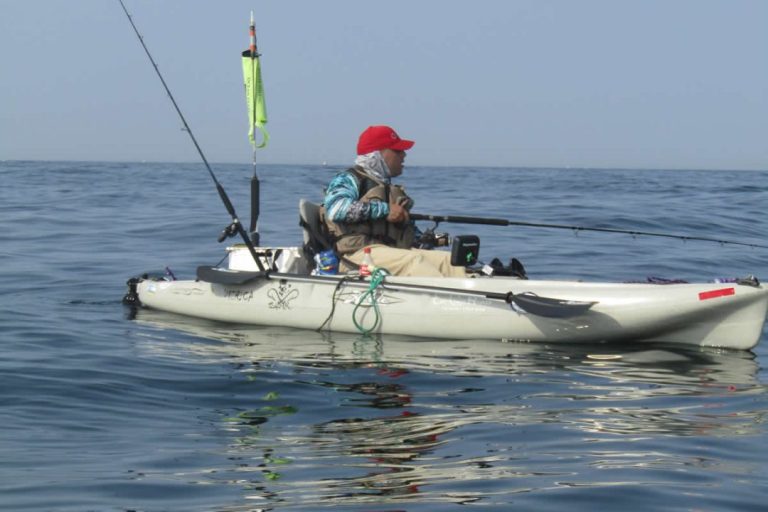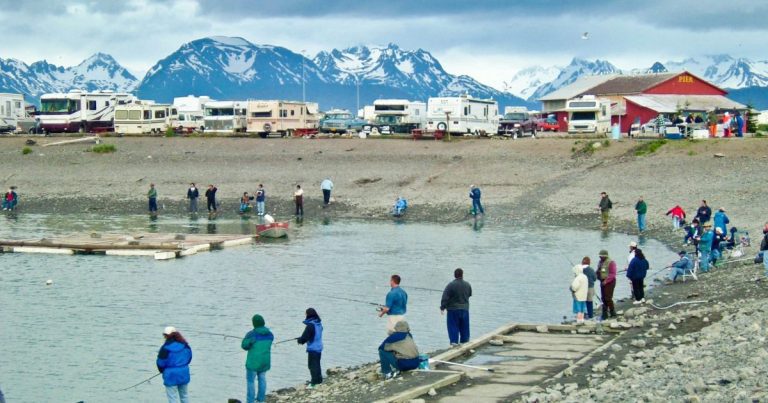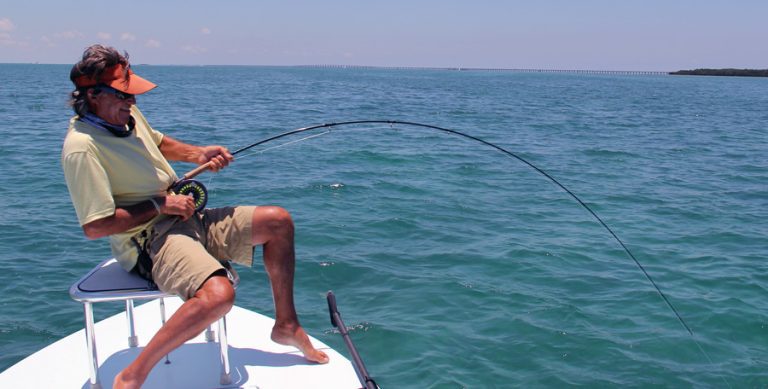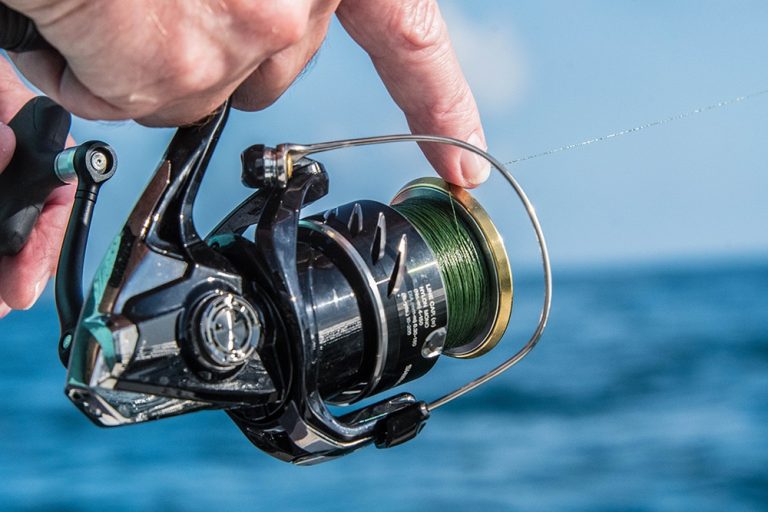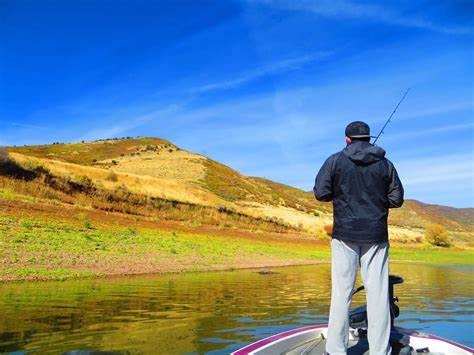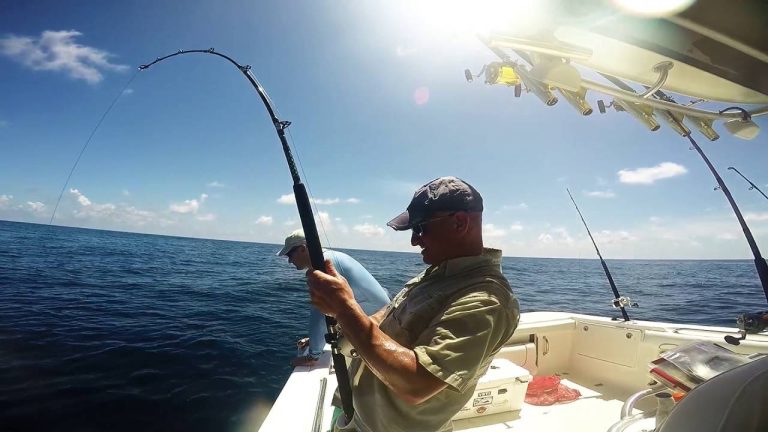The Olympic Peninsula stands as one of the Pacific Northwest’s crown jewels for anglers, offering some of the most diverse and productive fishing opportunities in Washington State. Home to pristine rivers, pristine rainforests, and abundant fish populations, this region draws fishing enthusiasts year-round seeking trophy steelhead, all five species of Pacific salmon, and various trout species.
Seasonal Fishing Opportunities
The Olympic Peninsula offers exceptional year-round fishing, with each season bringing different opportunities. Understanding the seasonal patterns is crucial for planning a successful fishing trip.
Winter (December-March): This is prime time for steelhead fishing, with December through March marking the height of the winter steelhead run. The 2024-25 coastal steelhead season is scheduled from December 2 through March 31 on most major rivers. This period offers anglers the chance to catch trophy-sized native steelhead, though recent years have seen concerning declines in wild populations.
Spring (April-June): Spring brings opportunities for spring Chinook salmon and the tail end of the winter steelhead season. Late spring is also excellent for trout fishing in lakes and streams as water temperatures warm.
Summer (July-September): Summer offers diverse fishing for summer-run steelhead, Chinook (King) salmon, and resident trout species. Lakes like Crescent provide excellent opportunities for unique strains of trout during this period.
Fall (October-November): Fall is prime time for Coho (Silver) salmon, which typically enter rivers from September through November. This season also marks the beginning of the fall Chinook runs on many Olympic Peninsula rivers.
2024-25 Fishing Season Highlights
According to Washington Department of Fish and Wildlife (WDFW), most major steelhead fishing areas for the 2024-25 season are scheduled to be open from December 2 through March 31. Conservation concerns remain a priority, as NOAA Fisheries recently reported Olympic Peninsula steelhead are “at a moderate risk of extinction” due to climate change, historic habitat loss, hatchery practices, and competition with pink salmon.
| Season | Primary Species | Best Locations | Notes |
|---|---|---|---|
| Winter (Dec-Mar) | Steelhead | Sol Duc, Bogachiel, Hoh Rivers | Peak steelhead season |
| Spring (Apr-Jun) | Spring Chinook, Trout | Quillayute system, Lake Crescent | Warming waters activate trout |
| Summer (Jul-Sep) | Summer Steelhead, Chinook | Hoh, Sol Duc Rivers | King salmon runs begin |
| Fall (Oct-Nov) | Coho Salmon, Fall Chinook | Quillayute, Hoh, Bogachiel Rivers | Prime salmon season |
Prime Fishing Locations
The Olympic Peninsula features several legendary rivers and waterways known for exceptional fishing. Here are the most productive locations:
Quillayute River System: This system includes three major tributaries—the Sol Duc, Bogachiel, and Calawah rivers—all offering world-class fishing for steelhead and salmon. The system is known for both quantity and quality of fish.
Hoh River: Famous for large steelhead and salmon, the Hoh River flows through pristine rainforest and offers some of the most scenic fishing opportunities on the peninsula. Its upper reaches are protected within Olympic National Park.
Sol Duc River: Renowned for trophy steelhead, the Sol Duc offers excellent fishing throughout the year, with winter steelhead being the prime attraction.
Bogachiel River: Part of the Quillayute system, the Bogachiel provides excellent fishing for winter steelhead and fall salmon, particularly Coho.
Calawah River: Known for clear waters and challenging fishing, the Calawah is less pressured than some other rivers and rewards skilled anglers with quality catches.
Lake Crescent: This deep, crystal-clear lake inside Olympic National Park harbors unique strains of trout, including the Beardslee rainbow trout and Crescenti cutthroat trout.
Target Species
Steelhead
The Olympic Peninsula is world-renowned for its steelhead fishery, particularly the winter run of wild steelhead. These sea-run rainbow trout often reach trophy sizes and are prized for their fighting ability and beauty.
Important regulations: All wild steelhead (unmarked with intact adipose fin) MUST be released in Olympic National Park. Hatchery salmon and steelhead are identified by a healed scar where the adipose or ventral fin was removed. Be aware that steelhead populations have been in sharp decline since the 1980s, with the last five years bringing some of the lowest returns on record.
Salmon
The Olympic Peninsula hosts runs of all five Pacific salmon species:
- Chinook/King Salmon: The largest Pacific salmon species, prized for their size and fighting ability.
- Coho/Silver Salmon: Known for aggressive strikes and acrobatic fights.
- Sockeye Salmon: Less common in the Peninsula’s rivers but present in some systems.
- Pink Salmon: Run in odd-numbered years, with large populations during those seasons.
- Chum Salmon: Present in many rivers, particularly in late fall.
Trout
Several trout species inhabit the peninsula’s waters:
- Coastal Cutthroat Trout: Native to the region and found in rivers, streams, and some lakes.
- Rainbow Trout: Both resident and sea-run (steelhead) forms are present.
- Bull Trout: A native char species that requires special handling and release in many waters.
Fishing Regulations and Requirements
Understanding and following fishing regulations is crucial for conservation and avoiding penalties.
Licenses and Permits
- A Washington State Recreational Fishing License is NOT required in Olympic National Park EXCEPT when fishing in the Pacific Ocean from shore.
- No license is required to harvest surf smelt within the park.
- A Washington State catch record card is REQUIRED to fish for salmon or steelhead, even within Olympic National Park. These must be accounted for as if caught in State waters.
- A Washington State Shellfish/Seaweed license is REQUIRED for harvest of shellfish from the Pacific Coastal Area.
You can purchase Washington fishing licenses through the WDFW online licensing system or at hundreds of license dealers throughout the state. For convenience, you can also find comprehensive information about fishing licenses at US Fishing Licenses.
Gear Restrictions
- Recreational fishing in freshwater areas of Olympic National Park is restricted to artificial lures with a single point barbless hook, with some exceptions.
- Anglers must only use a single rod, reel, and line that are under immediate control.
- Seines, traps, drugs, explosives, and nets (except to land a legally hooked fish or dip-net smelt) are prohibited in the park.
- Only knotless nets may be used to land fish within the park.
- In marine waters, up to 2 barbed hooks may be used for non-salmonid species.
Conservation Regulations
The 2024-25 coastal steelhead regulations reflect WDFW’s commitment to the Statewide Steelhead Management Plan, which prioritizes the sustainability of wild coastal steelhead runs. These regulations focus on healthy levels of abundance, productivity, diversity, and distribution of native steelhead populations.
Guide Services and Trip Planning
For those unfamiliar with the area or seeking expert guidance, numerous professional fishing guides operate on the Olympic Peninsula.
Professional Guide Options
Olympic Peninsula Guide Service and similar operations offer comprehensive guided fishing trips for steelhead and salmon throughout the year. These services typically provide:
- Expert local knowledge of fishing locations
- All necessary gear and equipment
- Transportation on the water (typically drift boats or rafts)
- Instruction on techniques appropriate for the conditions
Cost Considerations
Guided fishing trips on the Olympic Peninsula typically cost:
- $175-$400 per person for river trips
- $800-$2,000 for ocean fishing expeditions
Most guides provide all necessary equipment, though you may want to bring personal items like rain gear, food, and beverages.
Client Testimonials
“Shane was a great guide who waited on me for everything and made sure I was fishing in the best spots with the best gear. His guide service for steelhead and salmon is the best option on the Olympic Peninsula.”
Gear and Equipment
Rods and Reels
For Olympic Peninsula fishing, quality gear is essential to handle powerful fish and challenging conditions:
- Rods: Medium to heavy-action rods with a length of 8-10 feet are recommended for salmon fishing. For steelhead, specialized steelhead rods are preferred.
- Reels: Select reels with smooth drag systems essential for playing and landing large fish. Many guides on the peninsula use Daiwa reels for gear fishing, Kingpin for centerpin, and Reddington reels for fly fishing.
Lines and Leaders
- Lines: 15-50 pound test strength, depending on target species and conditions. Many guides use PowerPro braided line for mainline on gear and centerpin rods.
- Leaders: Seaguar Invizx 100% fluorocarbon leader ranging from 10lb (for low water conditions) to 20lb is recommended by professional guides.
Boats and Equipment
Many guides use Stealthcraft drift boats and NRS rafts outfitted with custom fishing frames designed for Olympic Peninsula rivers. These provide both stability and maneuverability in varying water conditions.
Fishing Techniques
Steelhead Techniques
Successful steelhead fishing on the Olympic Peninsula involves several techniques:
- Float Fishing: Effective method using a float with bait or artificial lure suspended beneath it.
- Fly Fishing: Popular with traditionalists, using specialized flies that mimic natural steelhead food sources.
- Drift Fishing: Allowing bait or lures to drift naturally with the current.
- Centerpin Fishing: Specialized technique using centerpin reels for drag-free drifts.
- Side-Drifting: Boat-based technique allowing precise presentations to holding fish.
Salmon Techniques
For salmon, these techniques prove most effective:
- Casting: Cast lures or bait upstream and let them drift naturally downstream to mimic the movement of salmon prey.
- Plugging: Especially effective from boats, this method uses lures or bait attached to a diver to reach desired depths.
- Bait Fishing: Using natural baits such as herring, anchovies, sand shrimp, and eggs (roe).
Trout Techniques
For the peninsula’s trout species:
- Drift Fishing: With live bait or nymphs in streams and rivers.
- Fly Fishing: Using nymphs or dry flies to match local insect hatches.
- Trolling: In lakes, trolling with deep-diving lures can reach deeper trout layers.
Conservation Practices
The Olympic Peninsula’s unique fisheries face significant conservation challenges. Wild steelhead runs have been in sharp decline since the 1980s, with recent years showing some of the lowest returns on record. In November 2024, NOAA Fisheries reported that Olympic Peninsula steelhead are “at a moderate risk of extinction” due to climate change, historic habitat loss, and other factors.
Responsible angling practices include:
- Practicing catch and release for wild steelhead and other sensitive species
- Using barbless hooks to minimize fish injury
- Properly handling fish to be released, keeping them in water as much as possible
- Staying informed about and adhering to changing regulations
- Supporting conservation organizations working to protect these fisheries
Trip Planning Tips
Best Times to Visit
For steelhead, December through March offers the best opportunity for winter-run fish. For salmon, September through November is prime time for Coho, while Chinook runs vary by river system.
Weather Considerations
The Olympic Peninsula lives up to its rainforest designation, receiving substantial rainfall, particularly from October through April. Prepare for wet conditions with quality rain gear. Simms waders and Grundens rain gear are recommended by local guides.
Lodging and Services
The town of Forks serves as a central hub for fishing the western peninsula rivers, offering various lodging options and services. Port Angeles provides access to the northern peninsula, while Aberdeen serves as a gateway to the southern rivers.
Conclusion
The Olympic Peninsula offers world-class fishing opportunities for steelhead, salmon, and trout throughout the year. By understanding seasonal patterns, regulations, and employing the right techniques, anglers can experience some of the most rewarding fishing the Pacific Northwest has to offer. However, with declining wild fish populations, responsible angling practices and conservation awareness remain essential to preserving these treasured fisheries for future generations.
For more information on fishing licenses and regulations, visit the Washington Department of Fish and Wildlife or US Fishing Licenses.
